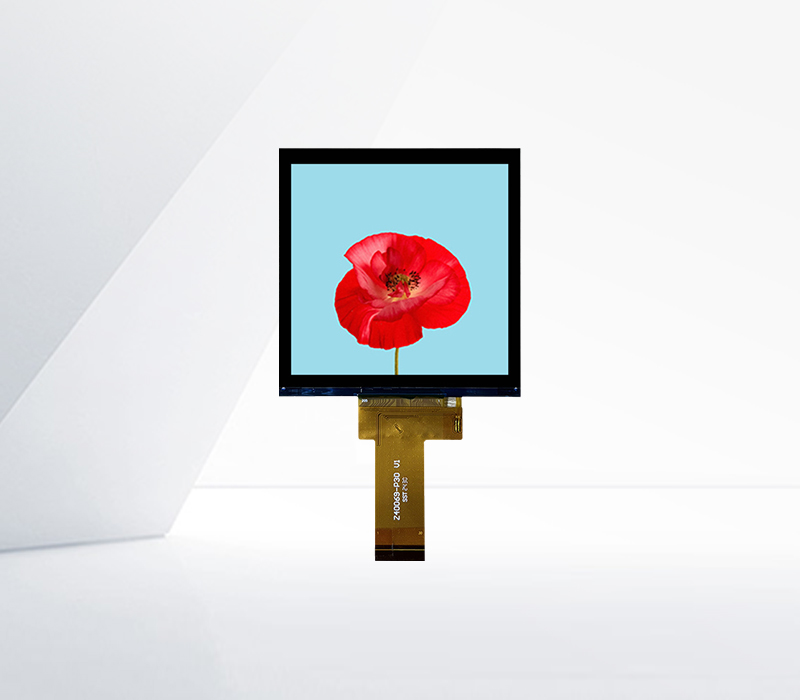




Wide - temperature LCD screens are designed to operate effectively across a broad range of temperatures, making them suitable for applications in extreme environments. Conventional LCD screens often face performance issues when exposed to temperatures outside their normal operating range, which is typically around 0°C to 50°C. However, wide - temperature LCDs can function in temperatures as low as - 40°C or as high as 85°C.
The key to their wide - temperature performance lies in their specialized liquid crystal materials and manufacturing techniques. These LCDs use liquid crystals with a high degree of thermal stability. Additionally, the polarizers and alignment layers are carefully engineered to maintain their functionality under extreme temperature conditions. For example, in cold environments, the liquid crystals in a wide - temperature LCD are formulated to remain in a state where they can still respond to electrical signals, allowing the screen to display images clearly. In high - temperature environments, the materials used in the LCD are resistant to thermal degradation, ensuring that the screen does not experience issues such as color shifts or loss of contrast.
Wide - temperature LCD screens find extensive use in various industries. In the automotive industry, they are used in dashboards and navigation systems. Cars are often exposed to extreme temperatures, both in cold winters and hot summers. Wide - temperature LCDs ensure that the driver can always clearly see important information such as speed, fuel level, and navigation instructions. In the aerospace industry, they are used in aircraft cockpits. Aircraft operate at high altitudes where temperatures can be extremely low, and wide - temperature LCDs are crucial for providing pilots with reliable display of flight data. They are also used in industrial control panels in factories, where the ambient temperature can vary significantly depending on the manufacturing processes and the location within the facility.
